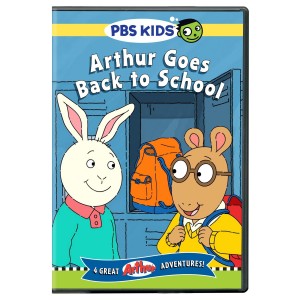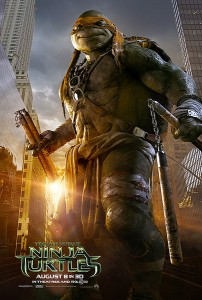The SpongeBob Movie: Sponge Out of Water
Posted on February 5, 2015 at 5:55 pm

Our friends from Bikini Bottom are back in another deliriously silly story, so tender-hearted and cheery that there is no way to resist it. Plus, it has superheroes, a pirate played by Antonio Banderas, existential metaphysics, the guitarist from Guns ‘n’ Roses, and a time-traveling space dolphin with the stentorian tones of a classically trained Shakespearean actor. It will amuse newcomers and delight fans.
Banderas plays Burger-Beard, first seen on a desert island in search of hidden treasure. An Indiana Jones-style booby-trap is no match for his wiliness, and soon he is back on his one-man pirate ship (it operates on “automatic pirate”) with his precious booty: an old storybook. It was a popular book. The library check-out card in the pocket on the inside back cover shows that it has been checked out by piratical luminaries like Captain Kidd and Jolly Roger. The book has a story about SpongeBob and his friends as well as some surprising powers which we will find out about later.
The pirate’s book takes us to familiar territory. SpongeBob Squarepants (Tom Kenny) loves his job as a fry cook at the Krusty Krab, making wildly popular Krabby patties. His boss is the money-mad Mr. Krabs, who keeps the secret recipe in his safe. Bikini Bottom’s other eatery is the struggling Chum Bucket, owned by the envious, one-eyed Plankton (Mr. Lawrence), who is far more inventive in coming up with ways to steal the recipe than he is in cooking. Burger-Beard wants the recipe, too, so he can achieve his dream of opening up a food truck made from his pirate boat. When the recipe is stolen, the whole gang, including SpongeBob’s best friend Patrick (Bill Fagerbakke), a dim-witted starfish, and Sandy (Carolyn Lawrence) a scuba-suit-wearing squirrel, have to go on land to get it back.
There are some sweet lessons about teamwork (Plankton literally does not know the meaning of the term) and loyalty, but the best lesson of all is the good cheer and gentle laughter that has made SpongeBob the best-loved animated series on television.
Parents should know that this film has some potty humor, schoolyard language, and mild cartoon-style peril and violence, including a cannon.
Family discussion: Which characters are loyal and why? Why is money so important to Mr. Krabs? If you could write your own story, what would it say?
If you like this, try: the SpongeBob television series and Penguins of Madagascar



